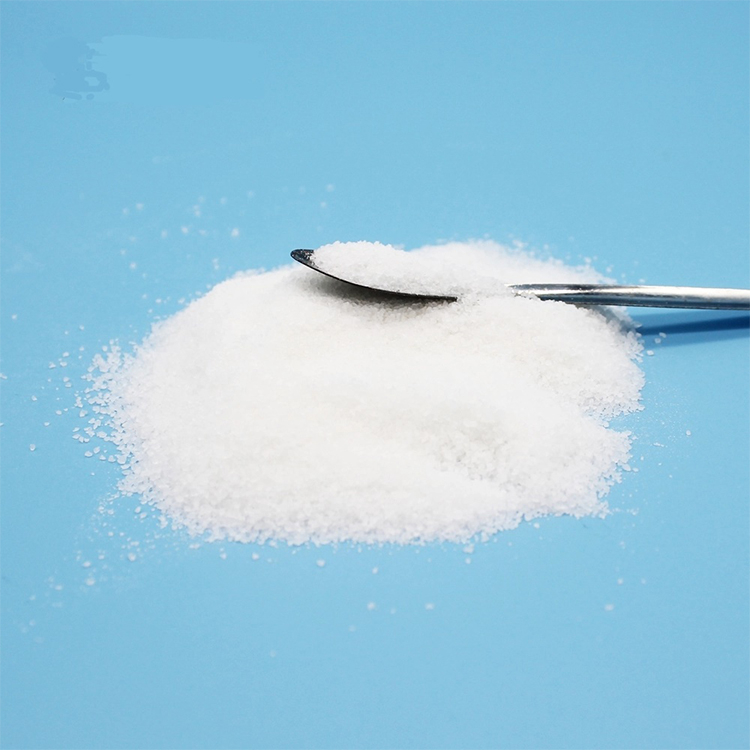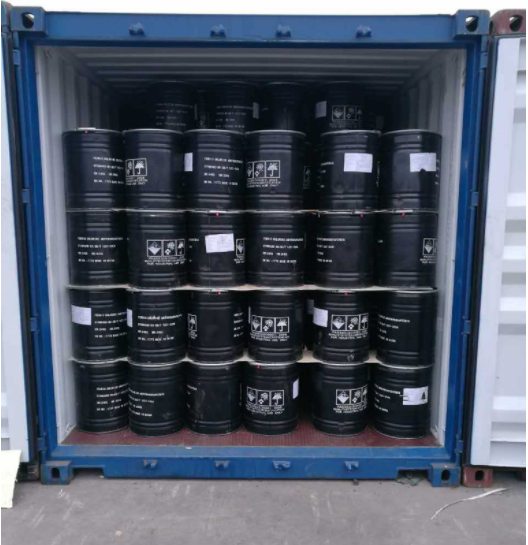Description
What is a Polyelectrolyte?
A polyelectrolyte is a polymer that contains electrically charged repeating units, which dissociate in aqueous solutions to form charged polymer chains. These charged chains interact with oppositely charged particles in suspension—whether organic or inorganic—leading to aggregation and settling.
Based on their ionic charge, polyelectrolytes are classified into three main types:
-
Cationic Polyelectrolytes – Positively charged; used for sludge dewatering and removing organic matter.
-
Anionic Polyelectrolytes – Negatively charged; used for suspended solids and inorganic materials.
-
Nonionic Polyelectrolytes – Neutral; effective in low ionic strength and acidic environments.
Technical Specifications of Polyelectrolytes
| Property | Typical Values |
|---|---|
| Physical Form | Powder, granules, or liquid/emulsion |
| Ionic Charge Type | Anionic, Cationic, Nonionic |
| Molecular Weight | 5 to 25 million Dalton (application-specific) |
| Charge Density | 5% – 80% |
| Solubility in Water | Fully soluble |
| pH Range for Use | 4 – 10 (varies by type) |
| Shelf Life | 1 – 2 years (stored cool and dry) |
Applications of Polyelectrolytes
1. Water and Wastewater Treatment
Polyelectrolytes play a critical role in clarification, sludge thickening, and dewatering in both municipal and industrial treatment plants. They help remove turbidity, heavy metals, suspended solids, and organic compounds.
2. Mining and Mineral Processing
Used for tailings dewatering, ore separation, and water recovery, polyelectrolytes enhance process efficiency and reduce environmental impact.
3. Oil and Gas Industry
In oilfield operations, they are used in enhanced oil recovery (EOR) and to treat drilling wastewater and sludge.
4. Papermaking
In paper mills, polyelectrolytes improve fiber retention, drainage, and paper strength, while also reducing the load on effluent treatment systems.
5. Textile and Chemical Industries
They act as dispersants, thickeners, and stabilizers, enhancing fabric dyeing processes and improving wastewater discharge quality.
Advantages of Using Polyelectrolytes
✅ Highly effective flocculation and coagulation
✅ Wide pH and temperature tolerance
✅ Low dosage with high efficiency
✅ Customizable charge and molecular weight
✅ Reduces sludge volume and improves filtration
✅ Environmentally friendly when used properly
Their ability to tailor physical and chemical properties allows users to optimize performance and cost while meeting strict environmental regulations.
Safety and Handling
Polyelectrolytes are generally non-toxic and safe for use in water treatment applications, but proper handling is essential. Use personal protective equipment (PPE) such as gloves and masks when dealing with powders or emulsions. Store in a cool, dry place, and follow the Material Safety Data Sheet (MSDS) for full safety details.
Final Thoughts
Polyelectrolytes are indispensable in a wide range of industrial processes, offering fast, efficient, and cost-effective solutions for separating solids from liquids and improving water quality. Their customizable properties, high efficiency, and low environmental impact make them a preferred choice for sustainable water management and industrial operations.
Whether used in municipal water treatment, mining operations, or papermaking, polyelectrolytes deliver superior performance, reduced chemical usage, and compliance with environmental standards—making them a smart investment for future-ready facilities.
![ferric aluminum sulfate flake 16% [furrous]](https://mjrdchemhome.com/wp-content/uploads/2025/04/camachem_-_ferric_aluminium_sulfate_flakes_2_-300x300.jpg)







